Message From A Bottle
Finds from Exposition Park excavations reveal past lives.
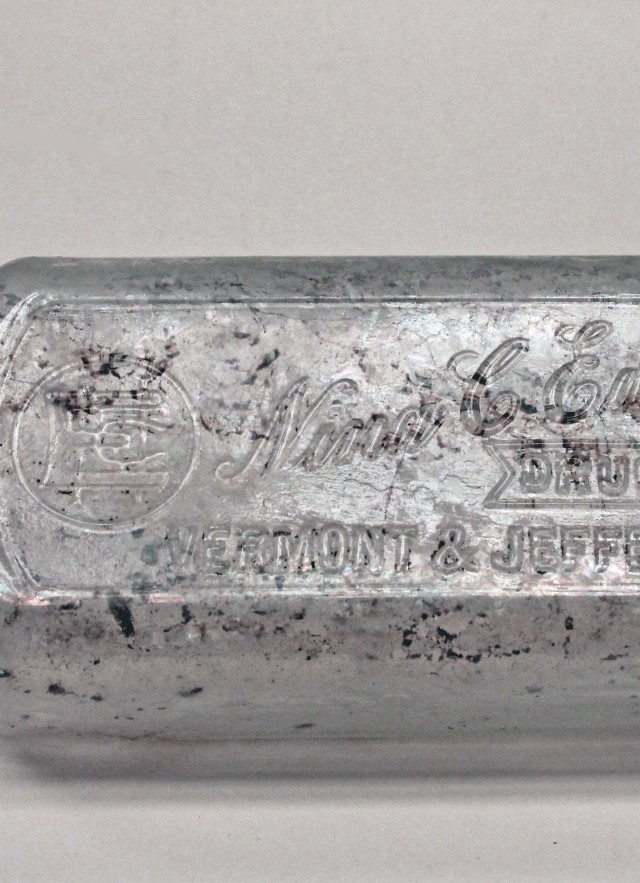
By Chris Colemen and Amy Gusick
In 2009 and again in 2019, excavations around NHM recovered a variety of historic artifacts dating to the late 1800s and early 1900s from the area around what is now Exposition Park. Among these artifacts was an interesting drugstore bottle dating to the early 1900s. This bottle was embossed with "Nina C Edmiston Druggist, Vermont & Jefferson Sts" and was evidence of one of the first pharmacies in Los Angeles that was owned by a woman, an unusual occurrence for turn of the century pharmacies which were mostly male-owned.
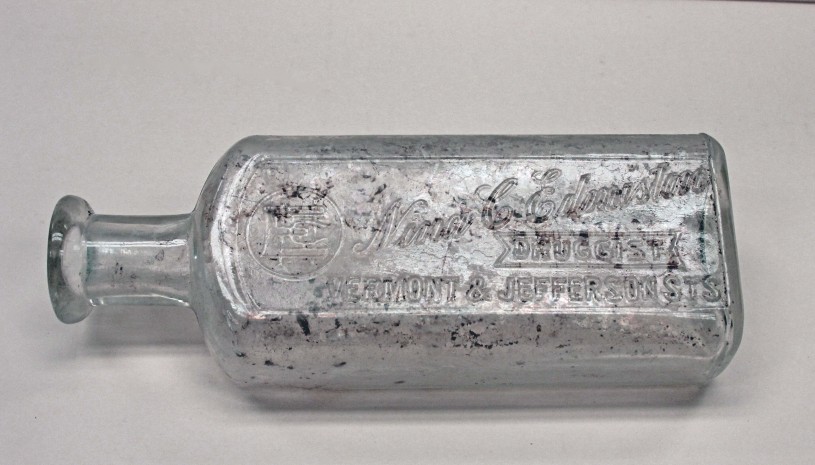
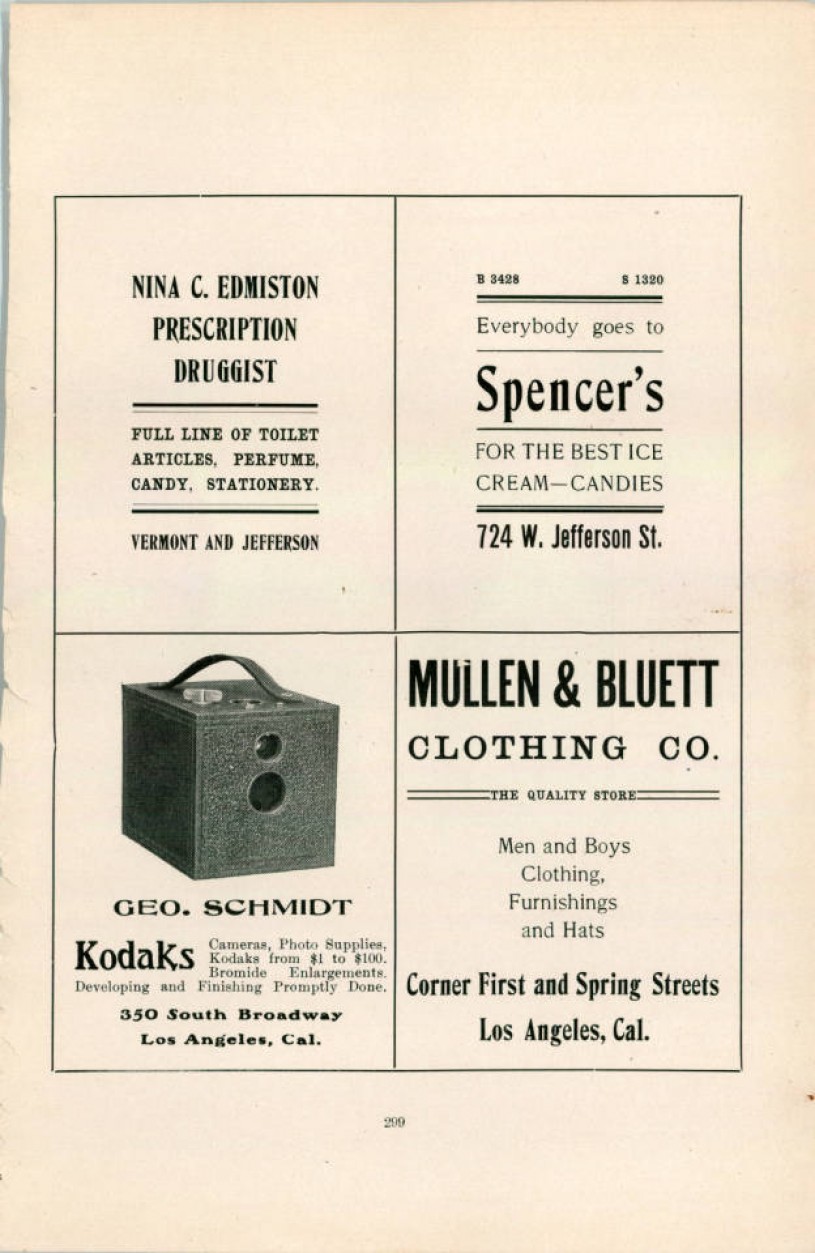
Nina was a pharmacist during an interesting time in our nation’s march towards modern medicine. In the early 1900s, pharmacies like Nina C Edmiston’s sold regulated compounded drugs that were mixed by registered pharmacists following formulas in pharmacopeia books and journals. During excavations on the land for what will be the Lucas Museum of Narrative Art next door to NHM, archaeologists uncovered examples of a different type of drug bottle, those for patent medicine. Patent medicine was widely used in the 1800s, before Nina's time. These “medicines” were created by unregulated individuals solely for sale and profit, and often contained dangerous combinations of herbs, alcohol and opiates from formulas that were carefully guarded secrets.
Sold at fairs, at various local merchants such as grocers, and by mail and traveling salesman, these patent medicines would make the user feel better, but due to the typical addition of alcohol or opiates, would not provide a cure. Instead, it could lead to addiction.
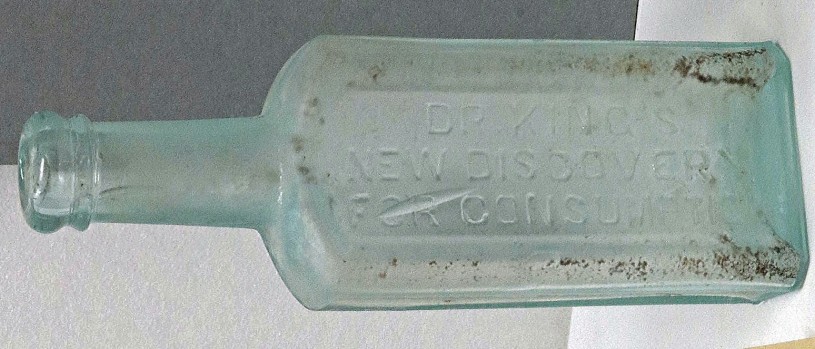
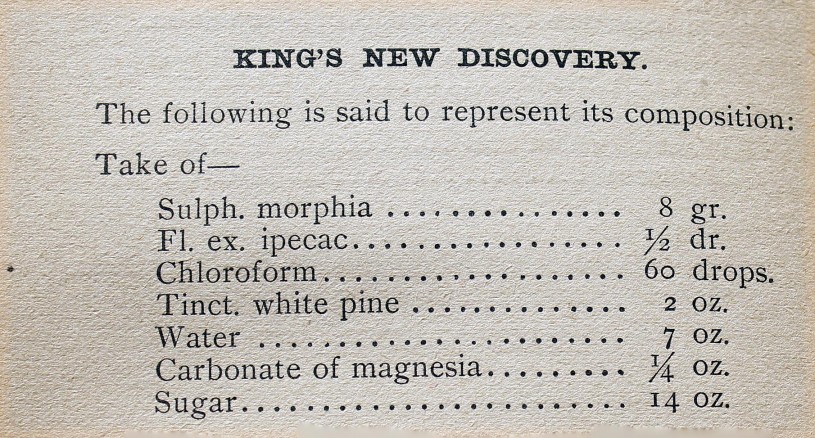
Eventually in 1906, after the temperance movement and trained doctors and pharmacists crusaded against patent medicine, the U.S. Congress passed the Pure Food and Drug Act that regulated medicines, forcing most makers of patent medicine out of business or pushed their operations overseas. This was not before the sale of these medicines made some people millionaires! Among them were Lewis M. Green and his son George Gill Green, the creators of Dr. A Boschee’s German Syrup. Containing opium, among its other ingredients, this patent medicine was advertised as a cure for tuberculosis, a serious disease in the 19th and early 20th centuries. The Green family struck it rich selling the medicine through the mail and almanacs and eventually used some of their fortune to build the historic Hotel Green complex, including Castle Green on Raymond Avenue in Pasadena.

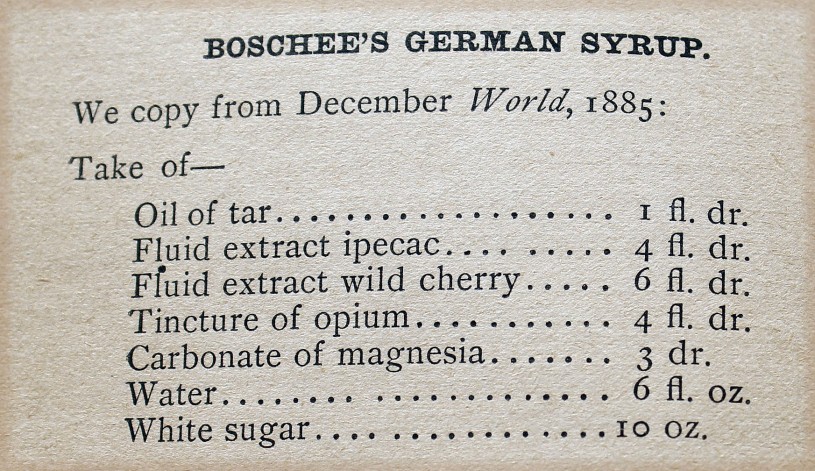
While far from a complete sample, these bottles indicate that the residents living around NHM were using actual drug store pharmacological medicine at the turn of the last century as well as the patent medicines. The patent medicine bottles are older (1880-1895) than the drug store bottles (1900-1910) which may indicate a transition from one type of medicine to another.